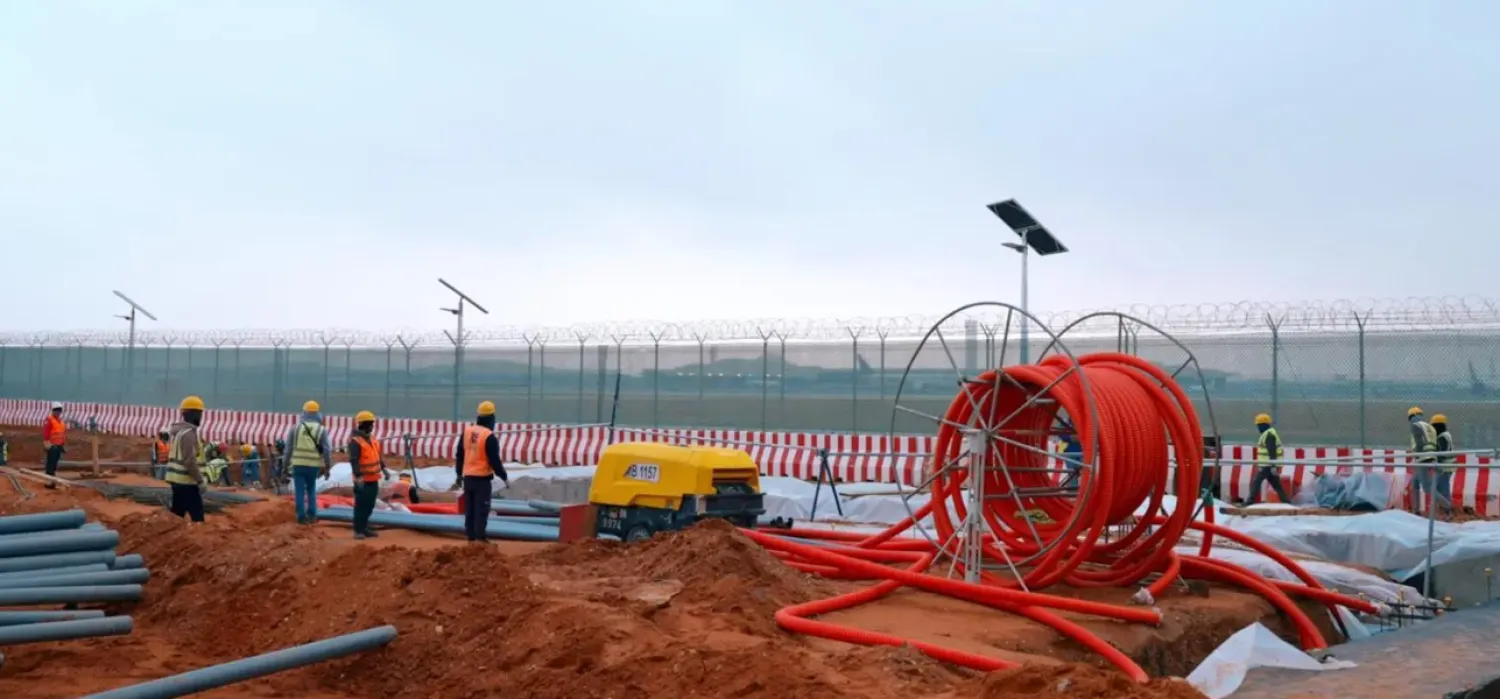Sudanese authorities announced the reduction of fuel prices following their monthly review of local production and developments in global oil production.
Petrol prices fell on Tuesday from SDG700 to SDG522 per liter, while diesel prices decreased slightly from SDG687 to SDG672 per liter.
Up until August, Sudan had the fourth highest price of gasoline per liter in the Arab world.
The transitional government, dismissed in June last year, approved the full liberalization of fuel prices as part of a package of requirements of international financial institutions to relieve Sudan's $60 billion debt.
It is the second devaluation in less than a month and two years after the government adopted an economic reform policy and devalued the Sudanese pound. It is expected to be reflected in other commodities whose prices are rising due to the high cost of transportation.
The state spends $1 billion annually to subsidize fuel prices.
The government believes that the liberalization of fuel prices limits smuggling, reduces inflation, eliminates markups, and paves the way for the state to support citizens in health, education, and infrastructure services.
Domestic production covers about 70 percent of gasoline and cooking gas and 40 percent of gasoline, and imports cover the deficit.
Meanwhile, Sudan's Central Bureau of Statistics announced that annual inflation dropped from 125.41 percent in July to 117.42 percent in August.
Last month, the Ministry of Finance announced an increase in the exchange rate of foreign currencies in the customs system and raised the dollar from SDG445 to SDG564, which hindered exports and imports and reduced government revenues to about half.
The army's measures to seize power in the country last year led to the halt of billions of dollars in international financial aid to Sudan earmarked to mitigate the effects of economic reforms on the citizens. The resumption of aid is contingent upon the return of a civilian-led government.









